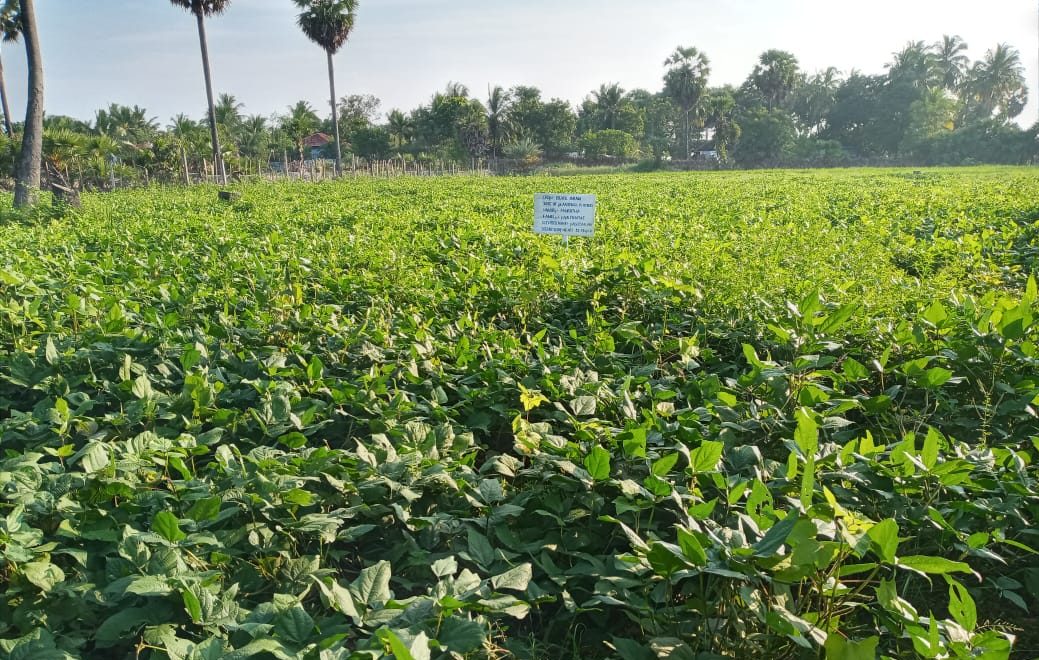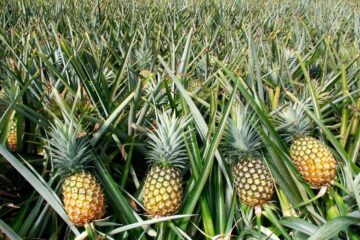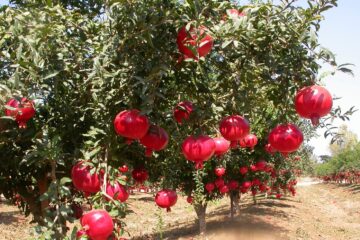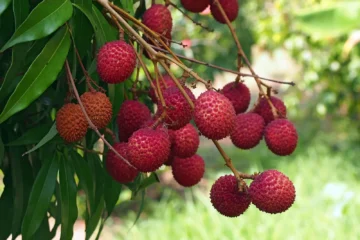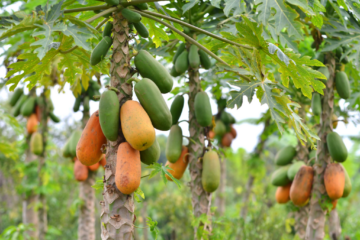Published: August 2019
Black gram (Urad dal) plays a significant role in daily human diets, especially in India, where 32% of the global pulse cultivation area is located. In Tamil Nadu, black gram is cultivated year-round, either as a sole crop or an intercrop, and it is known for providing high profits in a short period. The crop is cultivated over 365,000 hectares in Tamil Nadu, with an average yield of 851 kg per hectare.
Key Challenges
Major challenges affecting black gram yield include Yellow Mosaic Virus (YMV) and Leaf Curl Virus. These viral diseases, spread by whiteflies, can reduce yields by 60-80%. The whiteflies have developed resistance to many insecticides, making chemical control less effective and environmentally harmful.
Vamban 8: A Disease-Resistant Variety
To address these challenges, the Vamban 8 variety, resistant to YMV and Leaf Curl Virus, was developed by the National Pulses Research Centre, Vamban, Pudukkottai, and released in 2016. This variety is a cross between Vamban 3 and VBG 04-008, maturing in 65-70 days and yielding about 900 kg per hectare. Vamban 8 provides 12-14% higher yields compared to Vamban 6 and CO 6 varieties.
Characteristics and Cultivation
- Characteristics: Vamban 8 has a growing period of 65-70 days, yielding around 900 kg per hectare. It is suitable for cultivation in all districts of Tamil Nadu except the Nilgiris and Kanyakumari. It can be sown in the Adi, Purattasi, and Margazhi-Thai seasons.
- Trial Results: In trials conducted under the All India Coordinated Research Project (AICRP) from 2011-2015, Vamban 8 averaged 970 kg per hectare, outperforming other national and regional varieties by 9-61%.
- Machine Harvesting: This variety matures uniformly, making it suitable for machine harvesting.
- Disease Resistance: It shows moderate resistance to powdery mildew and has reduced damage from pod borers and other pests. It contains 21.9% protein and 7.5% arabinose, with good starch quality.
Cultivation Practices
Land Preparation: Vamban 8 can be grown in all soil types. Prepare the land by plowing thoroughly and adding 12.5 tons of well-decomposed farmyard manure per hectare before the final plowing. It can be sown during the Adi, Purattasi, Thai, and Chithirai seasons, requiring 20 kg of seeds per hectare.
Seed Treatment: Treat seeds with 2 grams of carbendazim or thiram or 4 grams of Trichoderma viride or 10 grams of Pseudomonas fluorescens per kg of seeds 24 hours before sowing. After fungicide treatment, wait 24 hours before treating seeds with biofertilizers like Rhizobium (600 grams) and Phosphobacteria (600 grams) per hectare. Mix these with seeds, dry them in the shade for 15-30 minutes, and sow.
Spacing and Sowing: Sow seeds at 30×10 cm spacing. In case of gaps, replant soaked seeds within 5-7 days.
Fertilizer Management: Apply recommended basal fertilizers before sowing. For irrigated crops, apply 25 kg nitrogen, 50 kg phosphorus, 25 kg potassium, and 20 kg sulfur per hectare. For rainfed crops, apply 12.5 kg nitrogen, 25 kg phosphorus, 12.5 kg potassium, and 10 kg sulfur per hectare. If superphosphate is not used, apply gypsum for sulfur. Add 25 kg zinc sulfate as basal fertilizer.
TNPL Pulses Wonder: The Tamil Nadu Agricultural University has developed TNPL Pulses Wonder, a growth-promoting supplement that can increase yield by 20% when sprayed during the flowering stage. If not available, a 2% DAP solution can be used.
DAP Solution: To prepare a 2% DAP solution, dissolve 10 kg of DAP in 25 liters of water overnight. Filter the solution and dilute to 500 liters for foliar application during the flowering stage and again 15 days later.
Irrigation: Irrigate immediately after sowing, then provide life-saving irrigation three days later. Maintain moisture from flowering until pod maturity. During drought, spray a 0.5% potassium chloride solution.
Weed Management: For irrigated crops, apply 3.3 liters of pendimethalin per hectare in 500 liters of water three days after sowing. For rainfed crops, use 2.5 liters per hectare. Remove weeds manually 20 days after sowing. Alternatively, spray 50 grams of quizalofop-ethyl or imazethapyr per hectare.
Pest Management: For severe pod borer infestation, spray a 5% neem seed kernel extract or 333 ml of indoxacarb per hectare. For root rot, apply carbendazim (1 gram per liter of water) to the root zone.
Harvesting and Storage
Harvest when 80% of the pods are mature. Dry the plants and thresh the seeds. Store seeds at 10% moisture to prevent pest attacks. Mix 1 kg of neem oil or 1 kg of activated clay with 100 kg of seeds for storage.
Dr. P. Ramakrishnan, Dr. N. Manivannan, National Pulses Research Centre, Vamban, Pudukkottai.

